Home>Furniture & Design>Interior Design Trends>What Is Scandinavian Home Decor
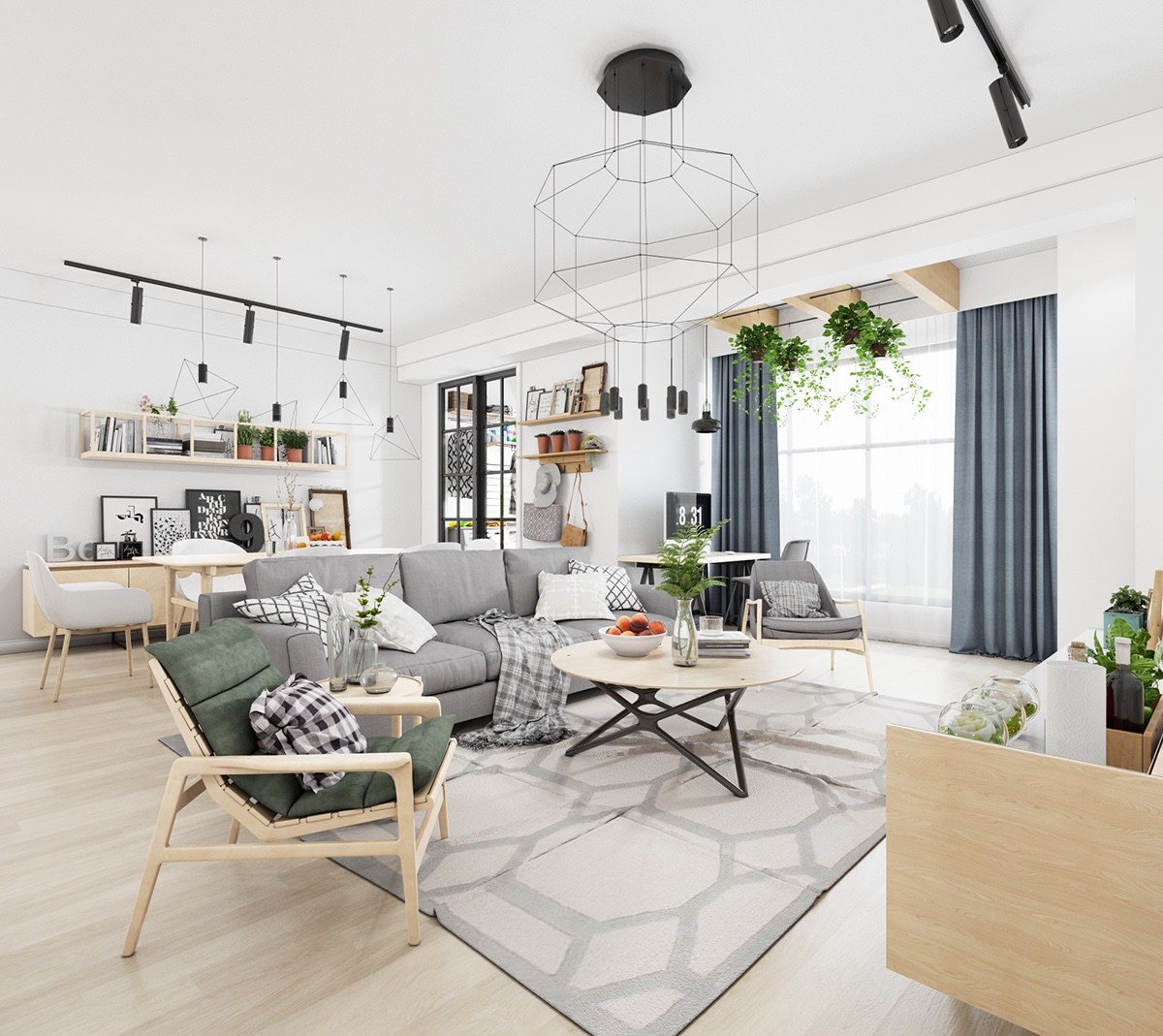

Interior Design Trends
What Is Scandinavian Home Decor
Modified: January 6, 2024
Discover the latest interior design trends with a focus on Scandinavian home decor. Explore minimalist and functional design ideas for a modern and stylish living space.
(Many of the links in this article redirect to a specific reviewed product. Your purchase of these products through affiliate links helps to generate commission for Storables.com, at no extra cost. Learn more)
**
Introduction
**
Scandinavian home decor has garnered widespread attention in recent years for its minimalist yet cozy aesthetic. This design style, originating from the Nordic region, emphasizes simplicity, functionality, and a deep connection to nature. It has captivated interior design enthusiasts across the globe with its timeless appeal and practical approach. Understanding the essence of Scandinavian home decor involves delving into its rich history, key elements, color schemes, furniture choices, textiles, and accessories. By exploring these facets, we can grasp the fundamental principles and gain insights into how to achieve this coveted design style in our own homes. Join me as we embark on a journey to unravel the beauty and charm of Scandinavian home decor.
Key Takeaways:
- Embrace simplicity, natural light, and cozy textures to achieve the timeless elegance of Scandinavian home decor. Prioritize functionality and a neutral color palette for inviting and harmonious living spaces.
- Scandinavian home decor embodies minimalism, warmth, and functionality, drawing inspiration from nature. Curate cozy textiles and embrace organic forms to create visually captivating and comforting interiors.
History of Scandinavian Home Decor
The roots of Scandinavian home decor can be traced back to the 20th century, where it emerged as a response to the harsh and dark winters prevalent in the Nordic countries. This design ethos was a celebration of light, simplicity, and functionality, aiming to create warm and inviting spaces despite the challenging climate. The renowned Scandinavian design movement, characterized by its clean lines, organic forms, and understated elegance, gained prominence in the 1950s and continues to influence the global design landscape today.
Designers such as Alvar Aalto, Arne Jacobsen, and Hans Wegner played pivotal roles in shaping the Scandinavian design aesthetic, infusing it with a balance of form and function. Their innovative use of natural materials, such as wood, leather, and wool, reflected a deep appreciation for the region’s resources and traditional craftsmanship.
Scandinavian home decor embodies the concept of “hygge,” a Danish term that encompasses a feeling of coziness, contentment, and well-being. This notion has been integral to the development of the design style, emphasizing the creation of harmonious and inviting interiors that promote relaxation and conviviality.
Over the years, Scandinavian home decor has evolved while staying true to its core principles. It has adapted to contemporary lifestyles, incorporating modern technologies and sustainable practices without compromising its timeless allure. This enduring design philosophy continues to inspire homeowners, designers, and architects, resonating with those who seek a harmonious blend of functionality, comfort, and aesthetic refinement within their living spaces.
Key Elements of Scandinavian Home Decor
Scandinavian home decor is characterized by several key elements that collectively define its distinctive appeal. These elements are fundamental to creating a harmonious and inviting atmosphere within the home, reflecting the region’s design ethos and cultural values.
1. Minimalism:
Minimalism lies at the core of Scandinavian home decor, emphasizing clean lines, uncluttered spaces, and a sense of simplicity. This approach fosters a tranquil and unobtrusive environment, allowing the focus to remain on essential elements while eliminating unnecessary distractions.
2. Natural Light:
Maximizing natural light is essential in Scandinavian design, given the long, dark winters in the region. Large windows, sheer curtains, and strategically positioned mirrors are employed to amplify daylight, creating bright and airy interiors that uplift the mood and enhance the sense of spaciousness.
3. Functional Design:
Functionality is a hallmark of Scandinavian home decor, with an emphasis on practicality and usability. Furniture and decor serve a purpose beyond aesthetics, often incorporating multifunctional features to optimize space and enhance everyday living.
4. Connection to Nature:
Scandinavian design celebrates a deep connection to nature, evident through the use of natural materials such as wood, stone, and leather. These elements bring warmth and texture to interiors, evoking a sense of harmony with the natural world.
5. Neutral Color Palette:
A muted and soothing color palette is prevalent in Scandinavian home decor, featuring soft whites, gentle grays, and muted earth tones. These hues create a serene backdrop and allow natural light to permeate the space, contributing to a sense of tranquility and timelessness.
6. Cozy Textures:
Textiles play a pivotal role in Scandinavian design, with an emphasis on cozy and tactile elements such as wool, sheepskin, and knitted fabrics. These textures add warmth and comfort, inviting inhabitants to embrace the concept of “hygge” within their living spaces.
7. Organic Shapes:
Organic and sculptural forms are prevalent in Scandinavian decor, often seen in furniture and decor pieces. These shapes reflect the influence of nature and contribute to a sense of visual harmony and balance within the home.
By embracing these key elements, one can infuse their living spaces with the timeless allure and understated elegance that define Scandinavian home decor, creating environments that are both visually captivating and deeply comforting.
Colors and Materials in Scandinavian Home Decor
The color palette and choice of materials in Scandinavian home decor play a pivotal role in shaping the ambiance and visual appeal of interior spaces. Embracing a restrained yet evocative approach, the colors and materials employed reflect the region’s natural landscapes and cultural sensibilities.
Color Palette:
Scandinavian home decor is renowned for its serene and understated color palette, characterized by soft whites, muted grays, and gentle earthy tones. These hues are reminiscent of the Nordic environment, where the interplay of light and shadow during different seasons inspires a sense of tranquility and timelessness. The use of pale colors creates a luminous backdrop that amplifies natural light, contributing to the overall brightness and airiness of the interiors.
Materials:
Natural materials take center stage in Scandinavian design, embodying a reverence for the region’s abundant resources and traditional craftsmanship. Wood, particularly light-toned varieties such as pine, birch, and ash, is a prevalent material in furniture, flooring, and architectural elements. Its warmth and organic texture infuse spaces with a sense of comfort and connection to nature.
Additionally, stone, such as marble and granite, is utilized for surfaces and accents, adding a touch of refinement and visual contrast. Leather, often in natural hues, brings a tactile richness to furniture and decor pieces, enhancing the overall sensory experience within the home.
Textiles play a vital role in softening and enriching the decor, with wool, linen, and cotton being favored for their natural properties and cozy textures. These materials are incorporated into upholstery, rugs, and soft furnishings, imparting a sense of warmth and inviting tactility to the living environment.
Metal accents, such as brass and copper, introduce subtle sheen and visual interest, complementing the organic materials while adding a touch of sophistication to the decor. The harmonious interplay of these materials creates a cohesive and inviting aesthetic that epitomizes the essence of Scandinavian home decor.
By embracing a restrained color palette and incorporating natural materials, homeowners can infuse their living spaces with the serene beauty and tactile richness that define Scandinavian home decor, fostering an ambiance that is both visually captivating and emotionally comforting.
When decorating in a Scandinavian style, focus on simplicity, natural materials, and a neutral color palette. Incorporate cozy textures like wool and fur, and add in some greenery for a fresh and inviting feel.
Furniture and Layout in Scandinavian Home Decor
The furniture and layout in Scandinavian home decor are meticulously curated to embody the principles of functionality, minimalism, and timeless elegance. Every element is thoughtfully selected to optimize space, foster comfort, and create an uncluttered environment that exudes a sense of tranquility and practicality.
Furniture:
Scandinavian furniture is characterized by clean lines, organic forms, and a focus on practicality without compromising on aesthetics. Pieces are often crafted from light-toned woods, such as beech or oak, showcasing the natural grain and warmth of the material. The design ethos prioritizes functionality, with many furniture items featuring multifunctional elements to maximize utility in compact living spaces.
Iconic pieces, such as the “Wishbone Chair” by Hans J. Wegner and the “Egg Chair” by Arne Jacobsen, exemplify the marriage of form and function that defines Scandinavian design. These timeless creations, along with versatile storage solutions and modular seating, contribute to the enduring appeal of Scandinavian interiors.
Layout:
The layout of Scandinavian interiors is carefully planned to promote an open and airy feel, allowing natural light to permeate the space while maintaining a sense of warmth and intimacy. Open floor plans are often favored, facilitating a seamless flow between different functional areas within the home.
Furniture placement is strategic, with an emphasis on creating cozy conversation areas and unobstructed pathways. The arrangement of seating and decor encourages social interaction and a sense of togetherness, reflecting the Scandinavian value of fostering a welcoming and convivial atmosphere within the home.
Furthermore, the concept of “lagom,” a Swedish term signifying balance and moderation, influences the layout by promoting a harmonious distribution of furniture and decor elements. This approach ensures that the space feels neither overcrowded nor sparse, striking a delicate equilibrium that resonates with the overarching design philosophy.
By embracing thoughtfully designed furniture and a well-planned layout, homeowners can cultivate interiors that embody the essence of Scandinavian home decor, where functionality, comfort, and visual harmony converge to create inviting and enduring living spaces.
Textiles and Accessories in Scandinavian Home Decor
Textiles and accessories play a pivotal role in infusing warmth, texture, and visual interest into Scandinavian home decor. These elements contribute to the overall ambiance of the space, adding layers of comfort, tactile richness, and subtle embellishments that enhance the understated elegance of the interiors.
Textiles:
Soft, tactile textiles are integral to Scandinavian home decor, offering a sense of coziness and inviting warmth. Natural fibers such as wool, linen, and cotton are favored for their durability, breathability, and timeless appeal. These materials are used in upholstery, curtains, rugs, and throws, introducing subtle variations in texture and color that enliven the living environment.
Knitted blankets and cushions, often in muted tones, add a touch of handmade charm and tactile comfort to seating areas, inviting inhabitants to embrace the concept of “hygge” – a Danish term encapsulating a feeling of contentment and well-being. Layering textiles through the use of rugs and drapes softens the overall aesthetic while providing visual and sensory depth to the interiors.
Accessories:
Accessories in Scandinavian home decor are thoughtfully chosen to complement the minimalist aesthetic while adding character and individuality to the space. Functional items, such as sleek tableware and kitchen utensils, reflect a commitment to practicality and timeless design, aligning with the ethos of form meeting function.
Natural elements, such as wooden trays, ceramic vases, and potted plants, bring a sense of organic beauty and visual harmony to the interiors. These accessories celebrate the connection to nature, infusing the space with a touch of greenery and sculptural elegance that resonates with the Scandinavian design sensibility.
Artwork and wall decor are employed sparingly, with a focus on pieces that evoke a sense of serenity and contemplation. Simple, monochromatic prints, nature-inspired motifs, and abstract compositions contribute to the overall visual narrative, enhancing the walls without overwhelming the space.
By incorporating thoughtfully curated textiles and accessories, homeowners can imbue their living spaces with the inviting charm and tactile allure that define Scandinavian home decor, creating environments that are both visually captivating and emotionally comforting.
Tips for Achieving Scandinavian Home Decor
Embracing the essence of Scandinavian home decor involves integrating key principles and design elements to create a space that exudes timeless elegance, functionality, and warmth. Whether embarking on a full-scale interior transformation or seeking to infuse Scandinavian influences into an existing decor scheme, the following tips serve as a guide for achieving the coveted Scandinavian aesthetic within the home.
1. Embrace Minimalism:
Prioritize simplicity and decluttering to create uncluttered spaces that foster a sense of tranquility and visual harmony. Select furniture and decor items with clean lines and understated elegance, allowing each piece to make a deliberate and impactful statement within the space.
2. Opt for a Neutral Color Palette:
Choose a soft and muted color palette, including whites, light grays, and gentle earth tones, to evoke a serene and timeless ambiance. Embrace the interplay of light and shadow, allowing natural light to illuminate the space and create an airy, luminous environment.
3. Incorporate Natural Materials:
Introduce natural materials such as light-toned woods, stone, leather, and tactile textiles to infuse the space with warmth, texture, and a connection to nature. Emphasize the inherent beauty of these materials through furniture, flooring, and decor accents.
4. Maximize Natural Light:
Optimize natural light by utilizing sheer curtains, strategically placed mirrors, and unobstructed windows to amplify daylight and create a bright, inviting atmosphere. Embracing natural light is integral to capturing the essence of Scandinavian design.
5. Prioritize Functionality:
Select furniture and decor items that prioritize functionality and practicality without sacrificing aesthetics. Embrace multifunctional pieces and storage solutions to optimize space and enhance everyday living within the home.
6. Curate Cozy Textiles:
Incorporate soft, tactile textiles such as wool, linen, and cotton through upholstery, rugs, and throw blankets to add warmth, comfort, and visual depth to the interiors. Layering textiles creates a sense of coziness and invites inhabitants to embrace the concept of “hygge.”
7. Emphasize Organic Forms:
Select furniture and decor with organic and sculptural forms to evoke a sense of visual harmony and balance within the space. Embracing organic shapes contributes to the overall aesthetic appeal of Scandinavian home decor.
By integrating these tips into the design process, homeowners can cultivate interiors that encapsulate the timeless allure and understated elegance of Scandinavian home decor, creating inviting and harmonious living spaces that celebrate the beauty of simplicity and natural authenticity.
Conclusion
Scandinavian home decor embodies a captivating blend of minimalism, warmth, and timeless elegance, drawing inspiration from the natural landscapes and cultural sensibilities of the Nordic region. Its enduring appeal lies in the harmonious interplay of key elements, including a restrained color palette, natural materials, functional design, and a deep connection to nature. By embracing the principles of Scandinavian design, homeowners can create living spaces that exude tranquility, comfort, and visual allure.
The history of Scandinavian home decor reflects a legacy of innovation, craftsmanship, and a commitment to enhancing everyday living through thoughtful design. From its origins as a response to challenging climates to its evolution into a globally admired design movement, Scandinavian home decor continues to inspire and resonate with individuals seeking a harmonious balance of form, function, and aesthetic refinement within their homes.
Key elements such as minimalism, natural light, functionality, and a neutral color palette define the essence of Scandinavian home decor, shaping interiors that prioritize simplicity and visual coherence. The careful selection of furniture and a well-planned layout contribute to open, inviting spaces that promote a sense of togetherness and well-being.
Textiles and accessories play a pivotal role in infusing warmth and visual interest into Scandinavian home decor, enriching the living environment with layers of comfort and tactile allure. By curating cozy textiles and thoughtfully chosen accessories, homeowners can imbue their spaces with a sense of individuality and understated charm.
Ultimately, achieving Scandinavian home decor is a journey of embracing timeless design principles, celebrating the beauty of simplicity, and cultivating environments that reflect a deep appreciation for nature and the art of living well. By integrating these insights and tips, individuals can embark on a transformative exploration of Scandinavian design, creating living spaces that embody the essence of tranquility, comfort, and enduring style.
As we conclude this exploration of Scandinavian home decor, may the principles and insights shared serve as an inspiration for cultivating living spaces that encapsulate the timeless allure and understated elegance of this beloved design style, fostering environments that are both visually captivating and emotionally comforting.
Frequently Asked Questions about What Is Scandinavian Home Decor
Was this page helpful?
At Storables.com, we guarantee accurate and reliable information. Our content, validated by Expert Board Contributors, is crafted following stringent Editorial Policies. We're committed to providing you with well-researched, expert-backed insights for all your informational needs.
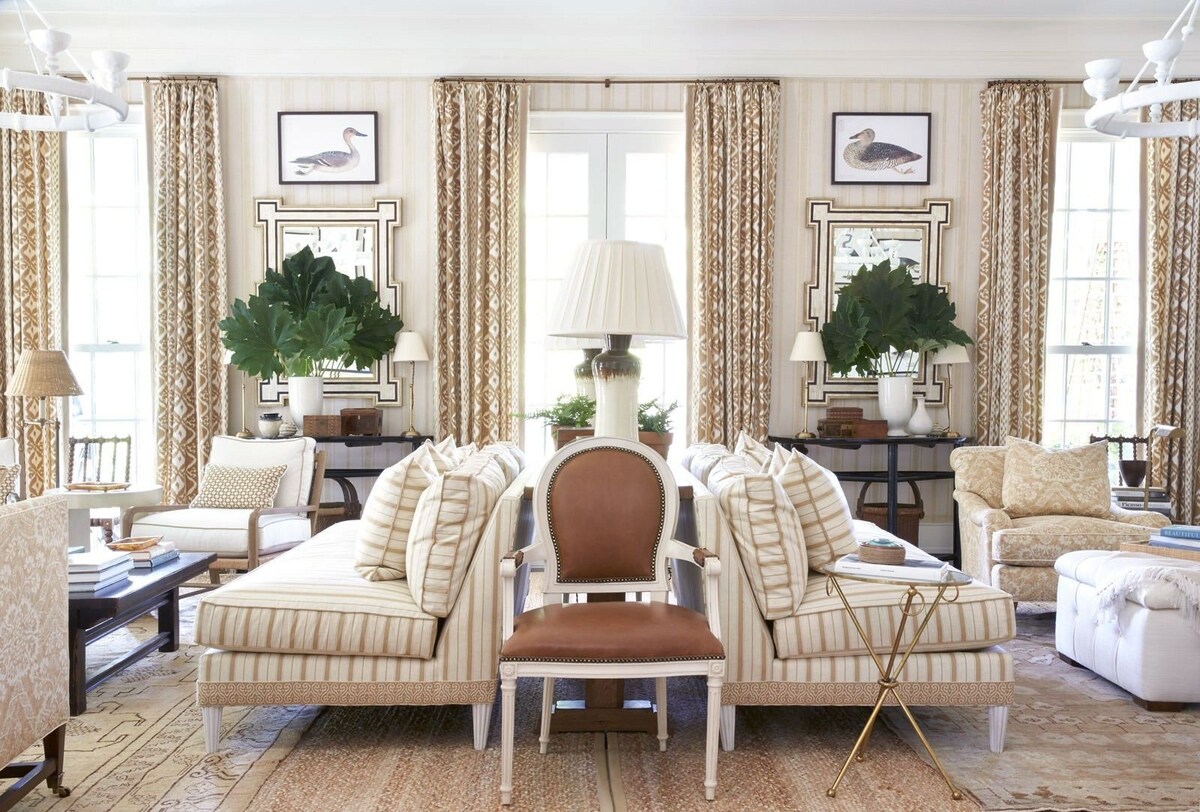
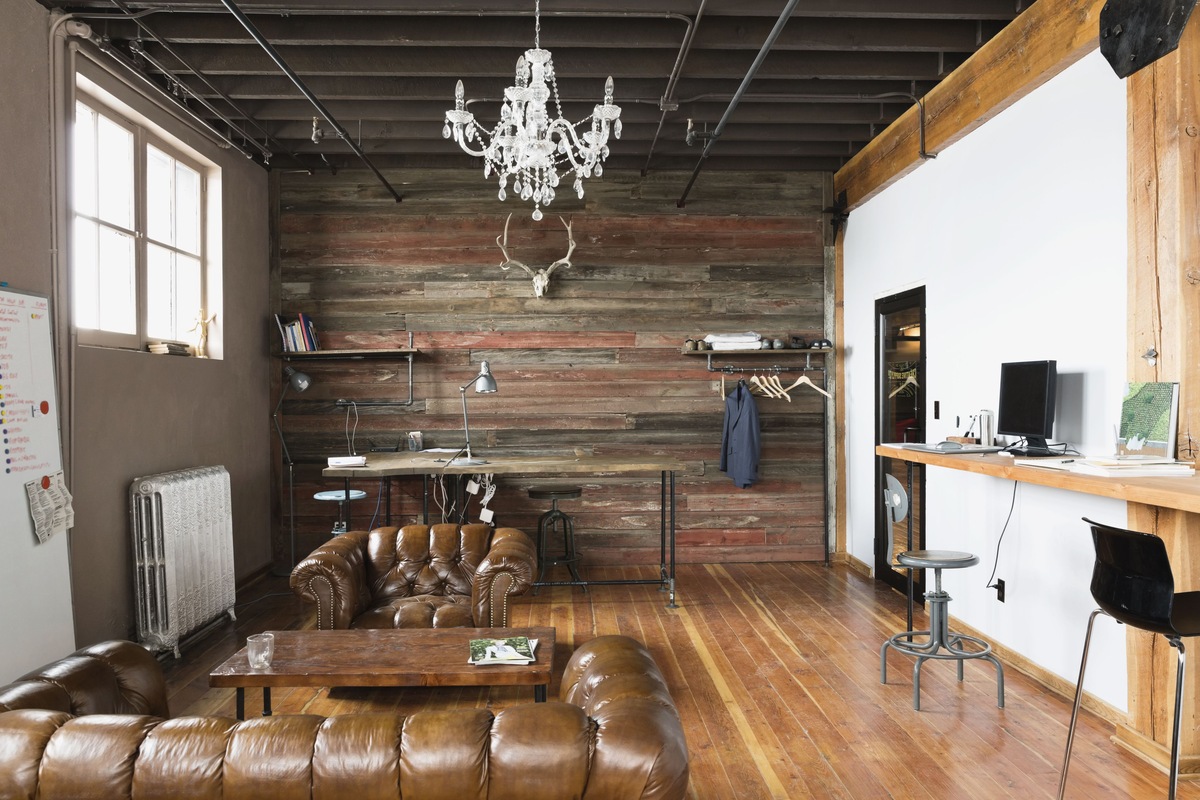
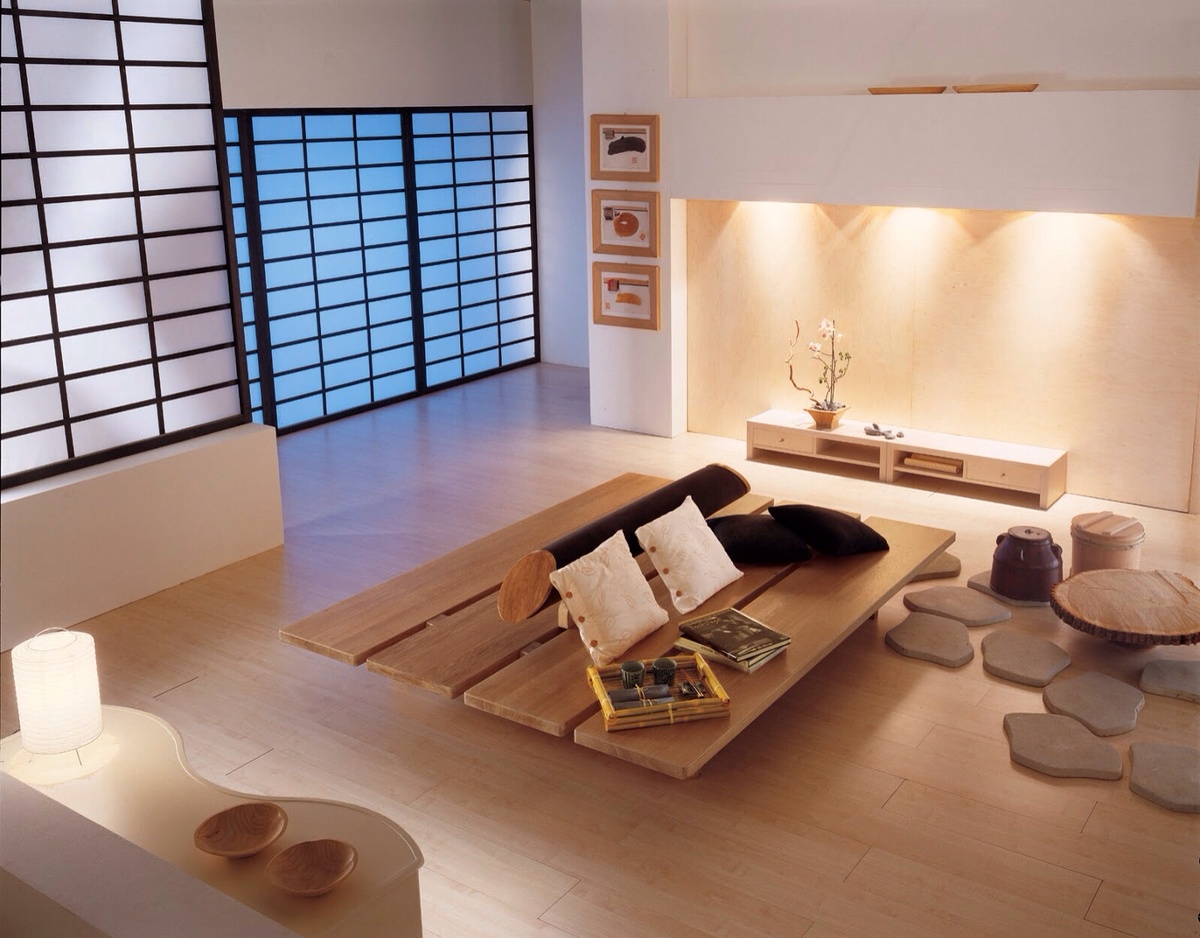
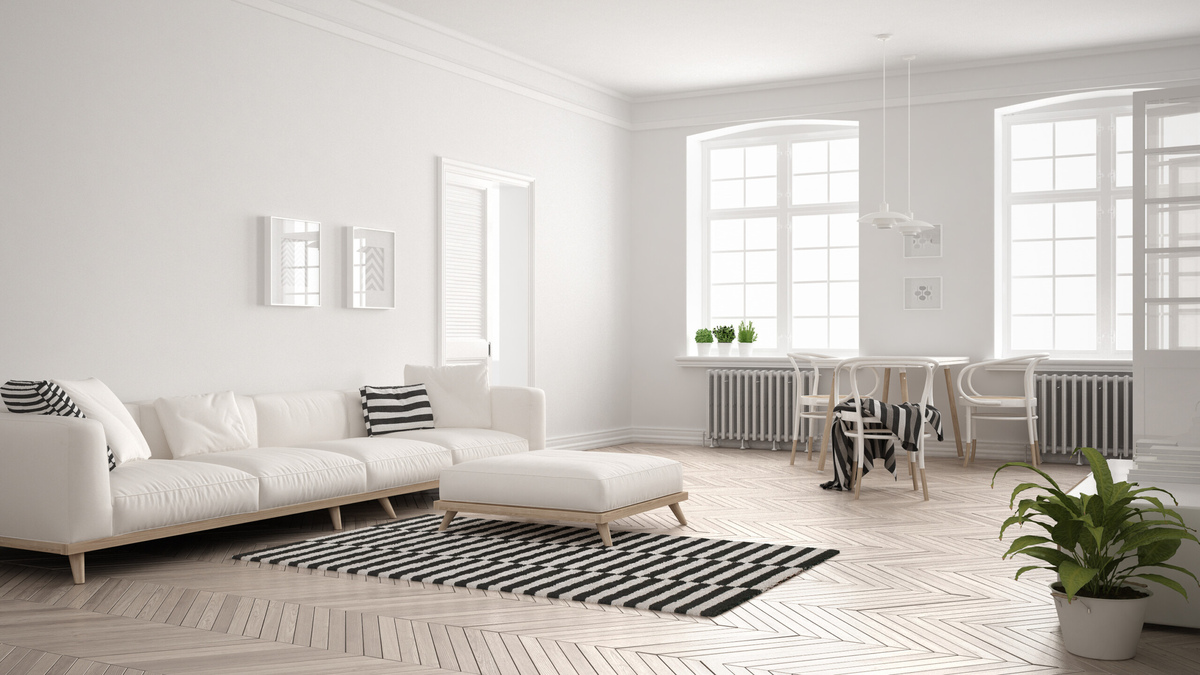
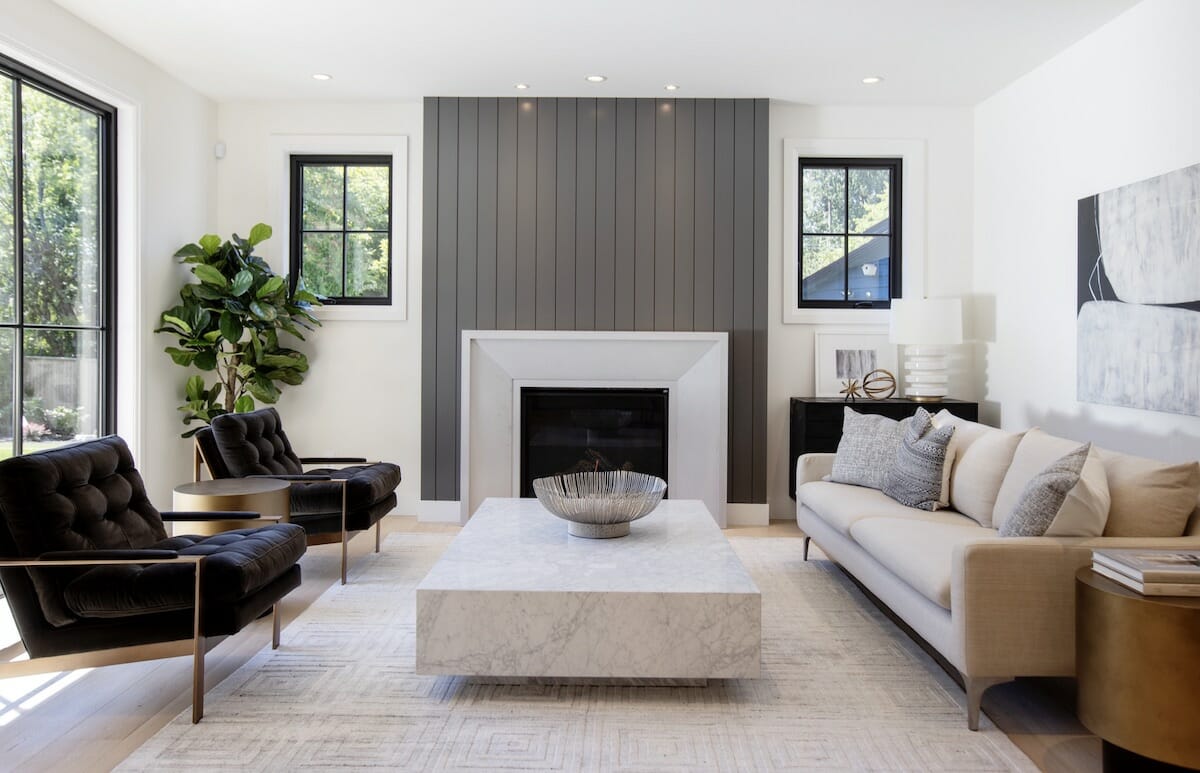
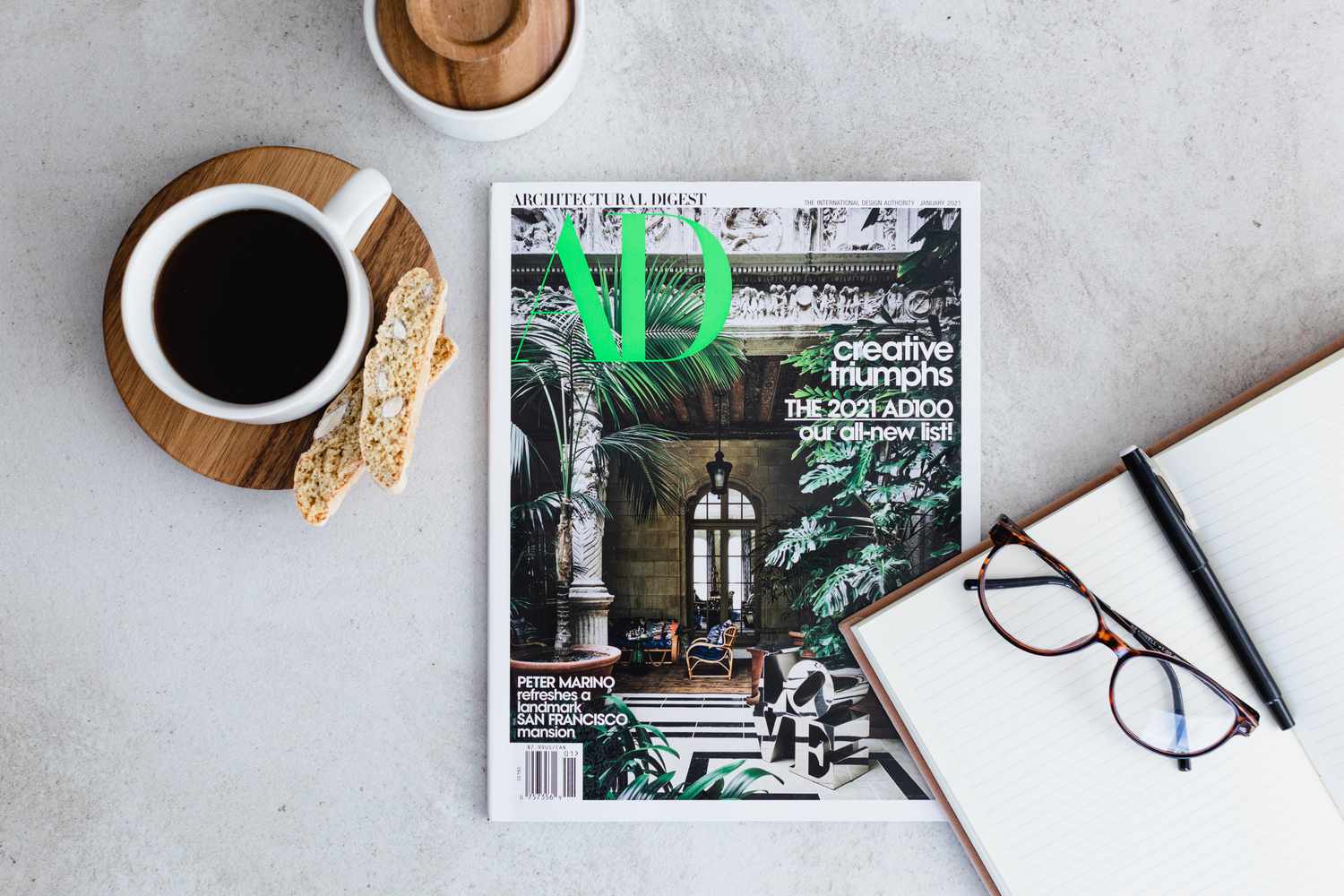
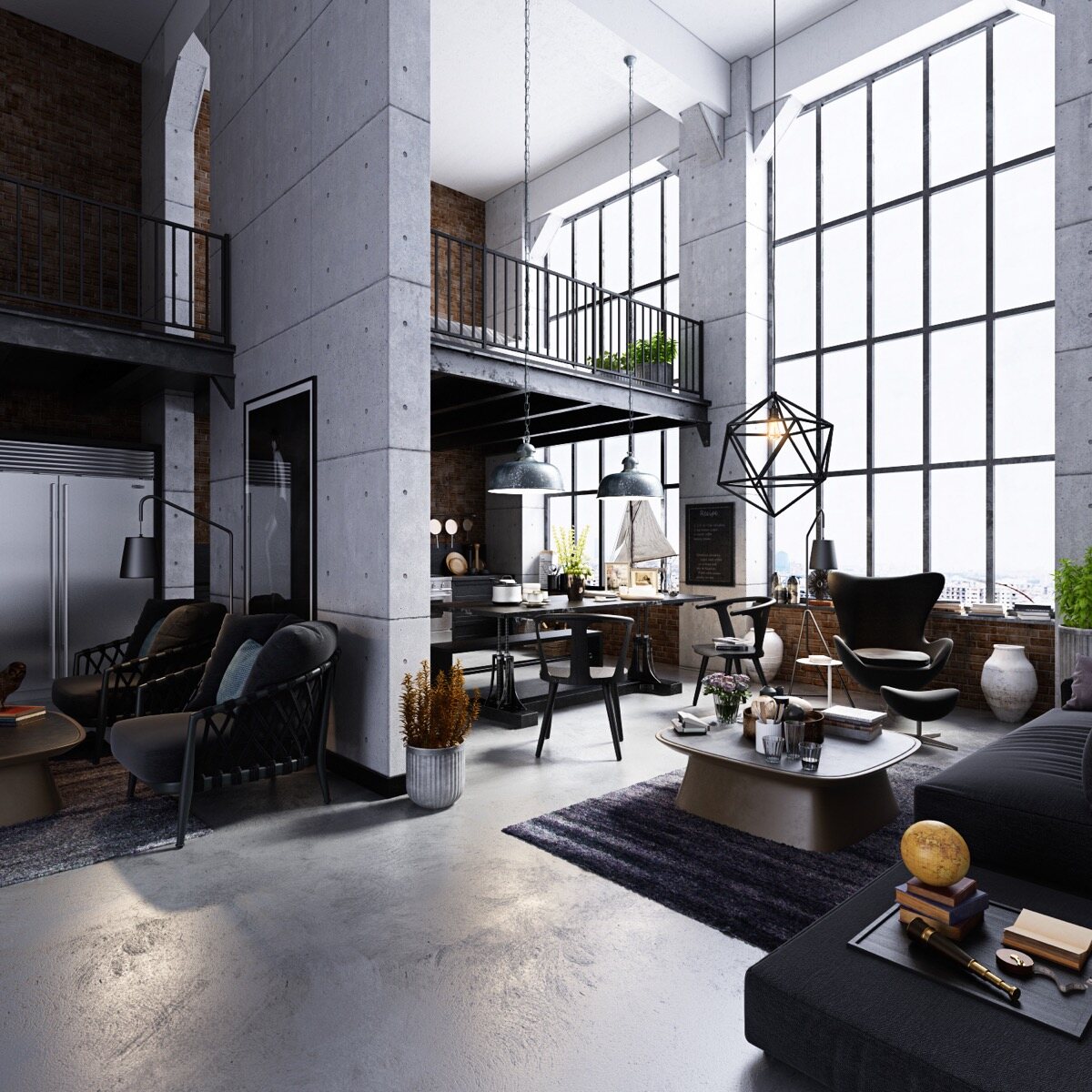
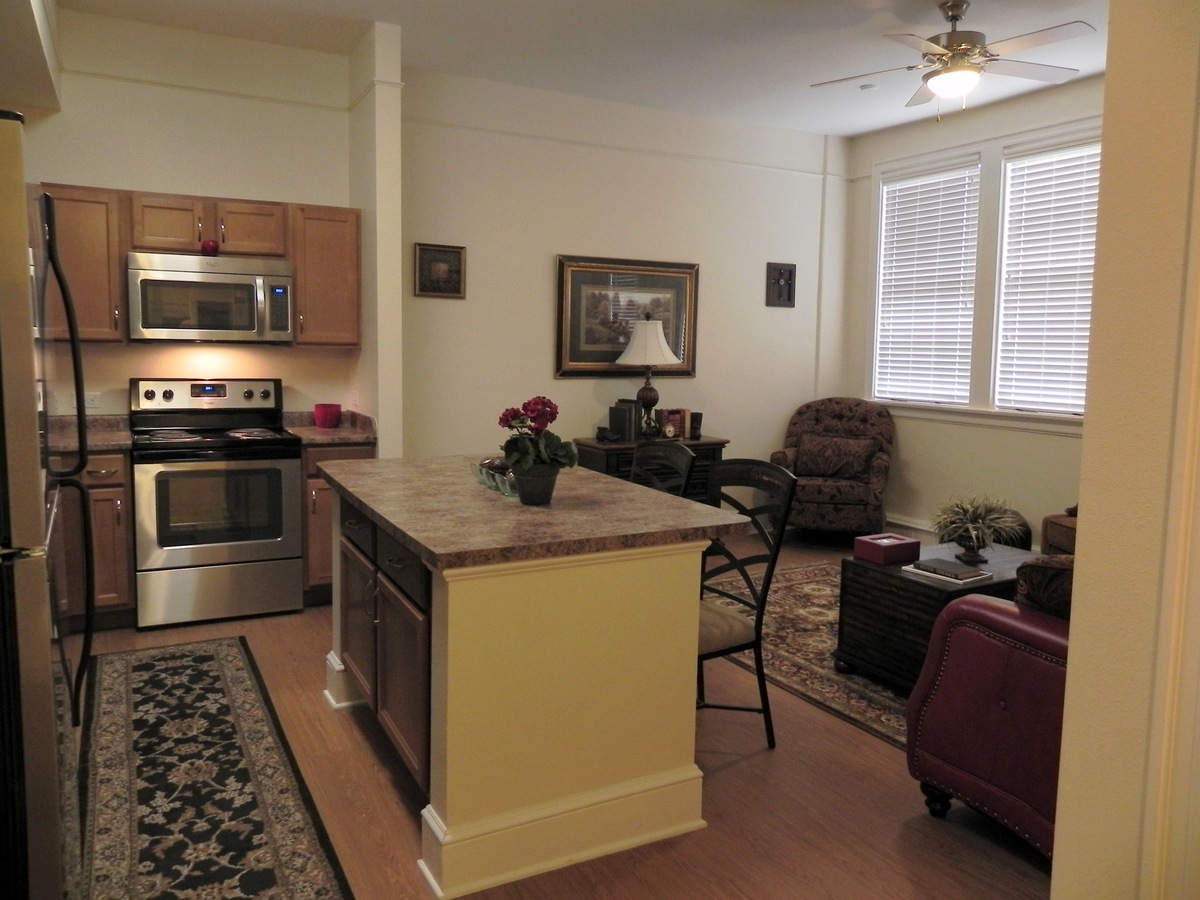

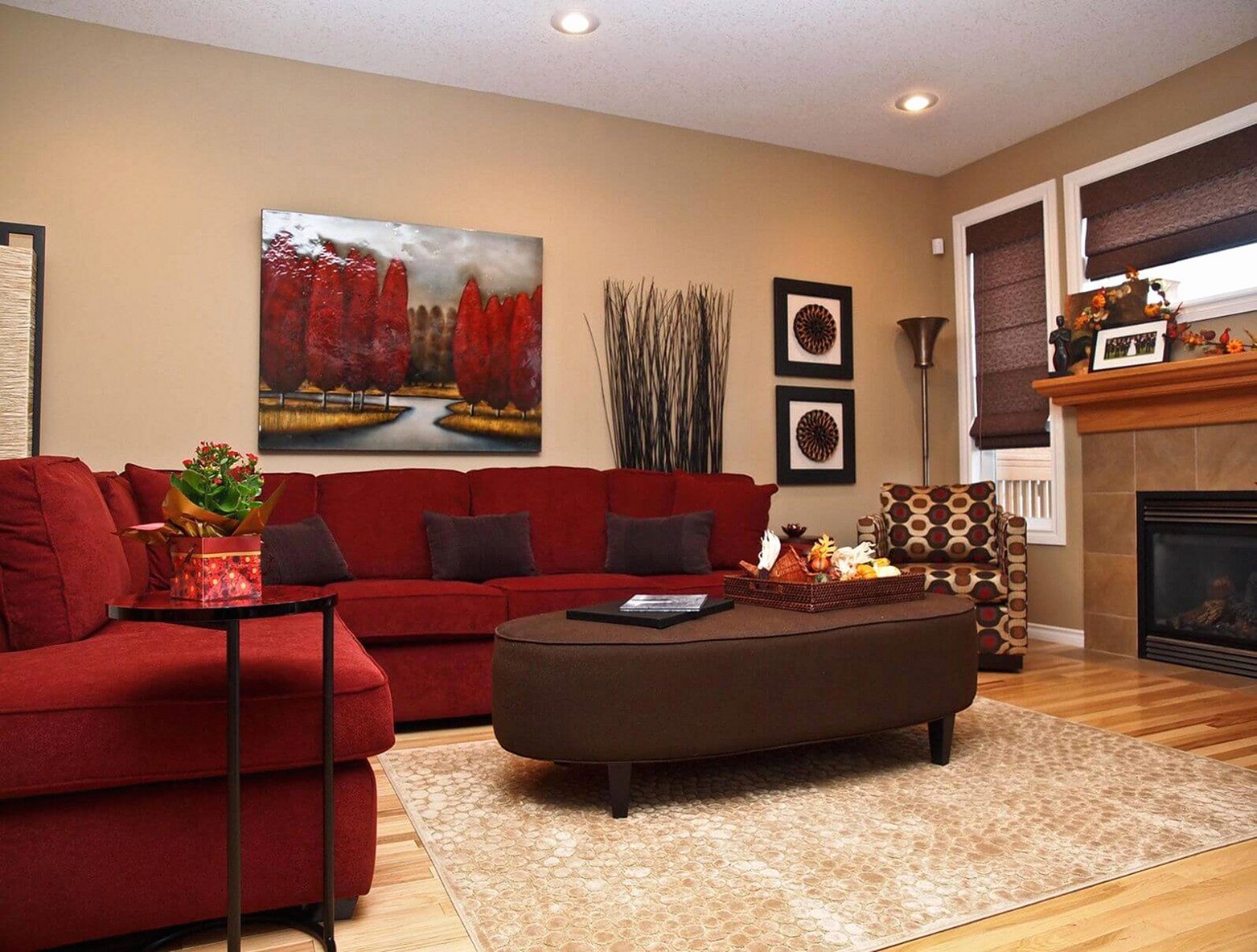
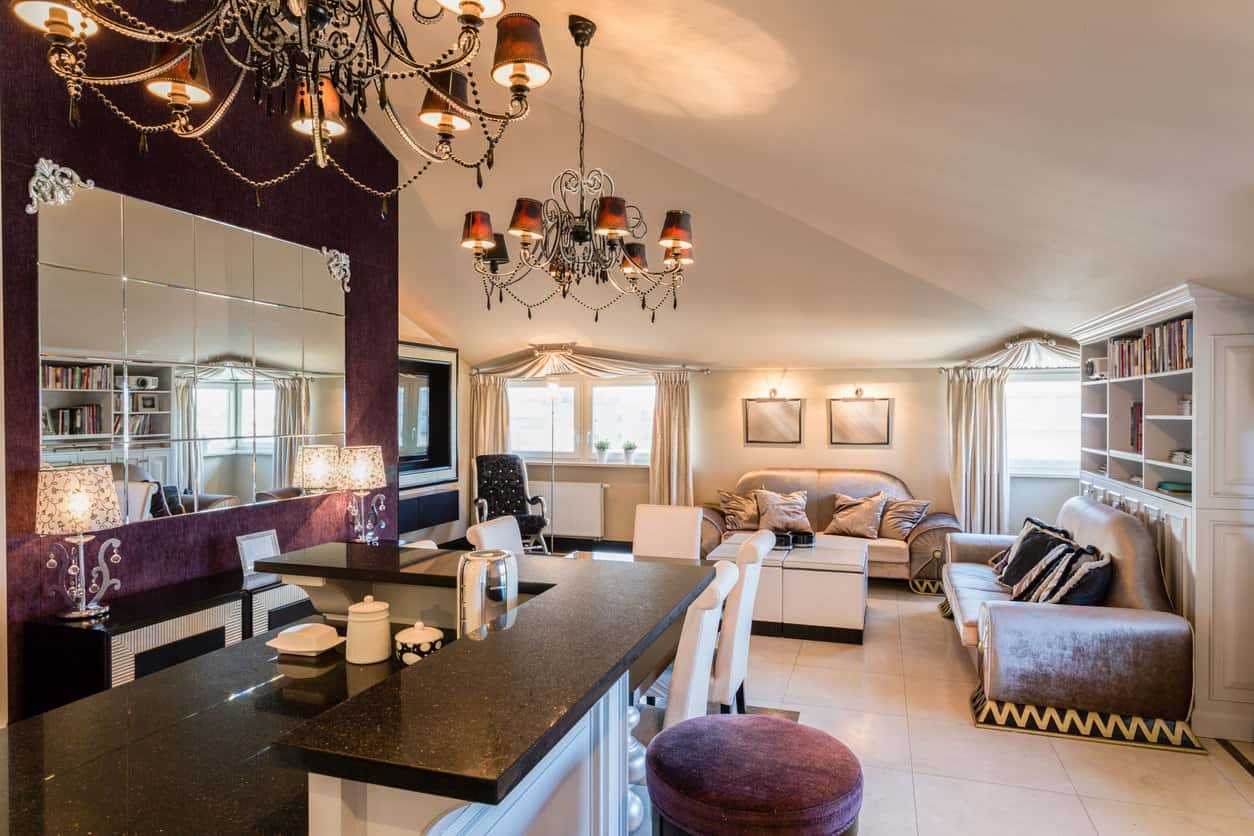
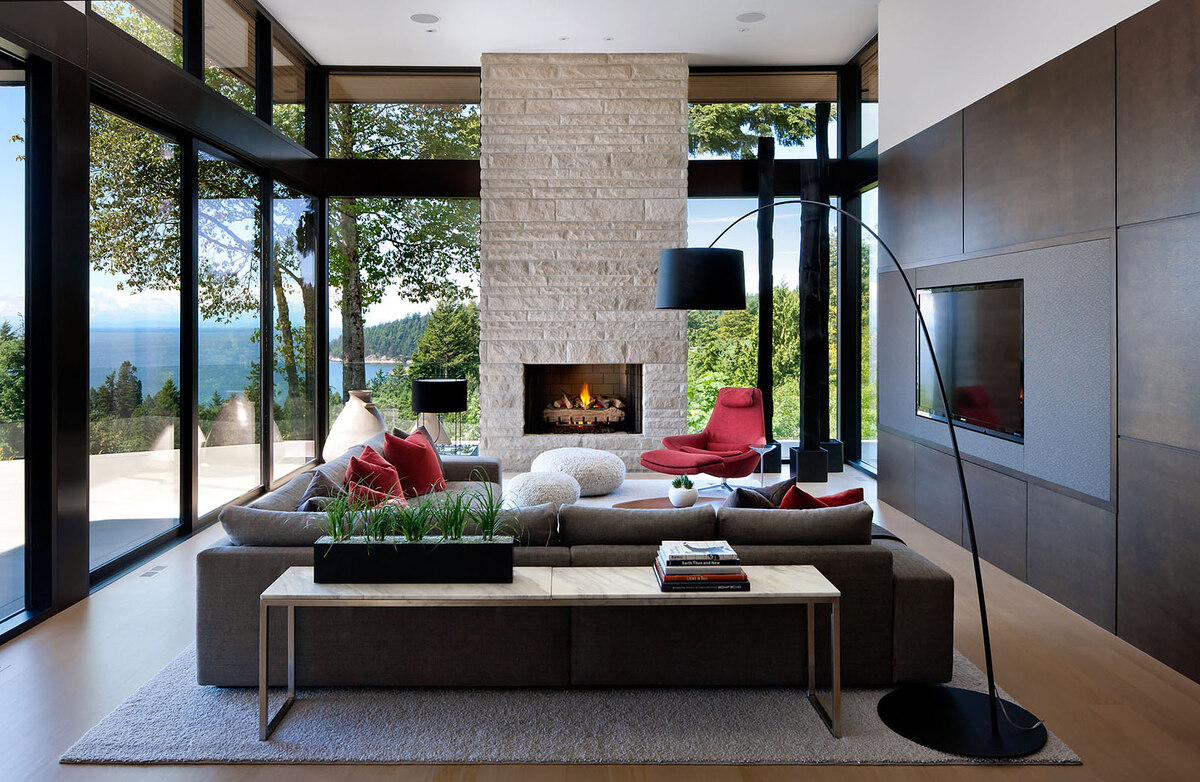
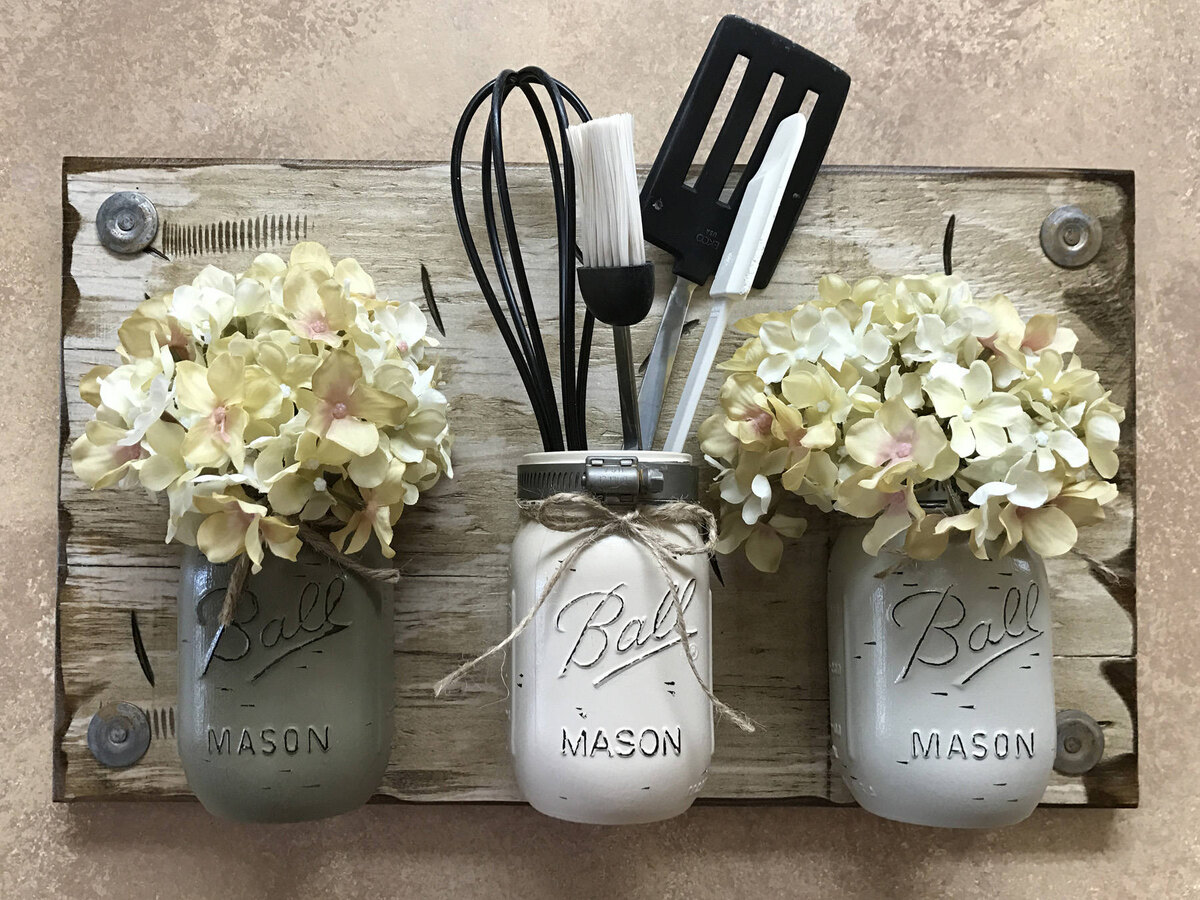
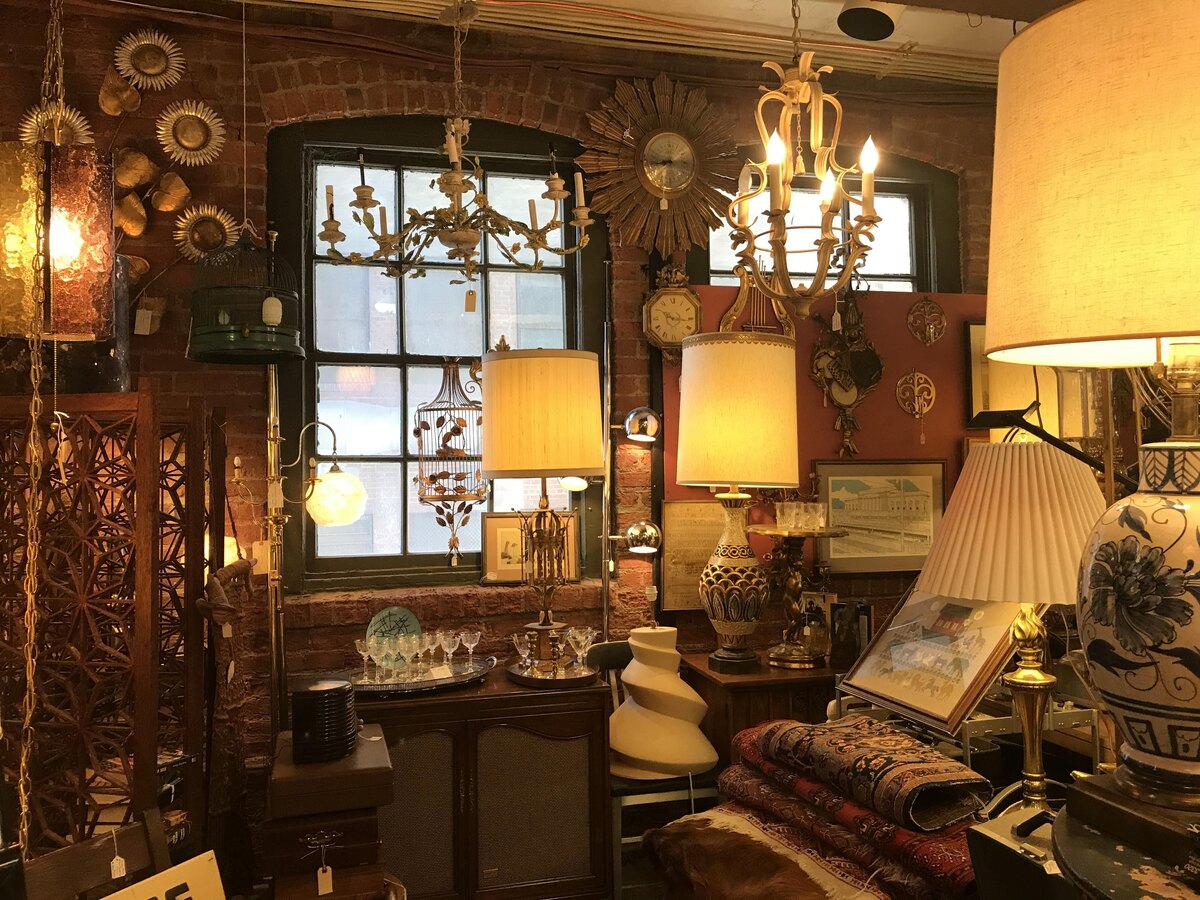

0 thoughts on “What Is Scandinavian Home Decor”